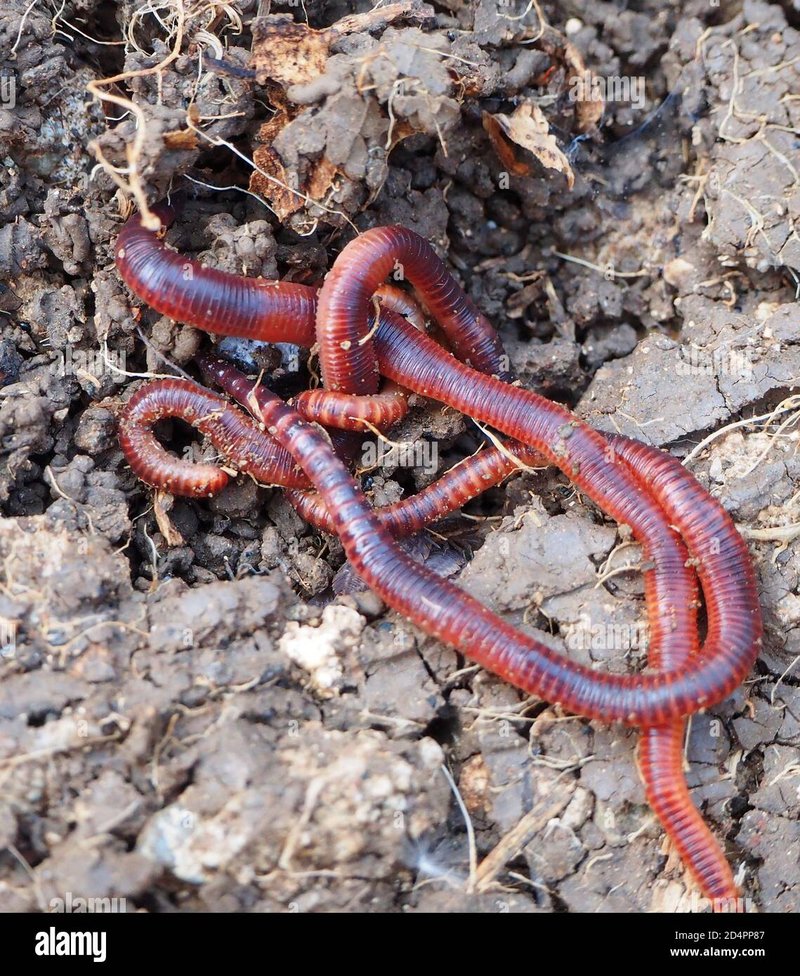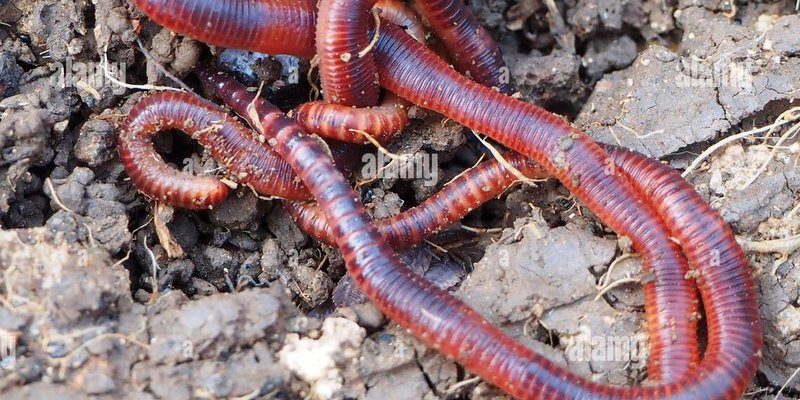
Understanding the natural predators of earthworms can help you create a balanced ecosystem in your garden. While you might want to protect your earthworms, it’s all part of nature’s cycle. So, let’s dive into the world of garden predators and explore who’s out to get those valuable earthworms.
Why Earthworms Matter in Your Garden
Earthworms are often called “nature’s gardeners.” They aerate the soil, break down organic matter, and improve nutrient availability by creating humus. When earthworms munch through soil, they leave behind nutrient-rich castings, which act like a natural fertilizer. This is a big deal for plant health!
But here’s the thing: their presence also attracts a whole range of predators. This isn’t necessarily bad news. Predators can help control populations and contribute to biodiversity. Too many earthworms can lead to imbalances, just as too few can affect soil health. So, while you might want to keep your earthworm population thriving, it’s important to recognize the role of these predators.
Birds: The Feathered Predators
One of the most recognizable predators of earthworms is birds. Robins, starlings, and other ground-feeding birds flock to gardens in search of these wriggling snacks. When you see a bird hopping around, actively searching for food, you can bet they’re on the lookout for earthworms.
Birds have an incredible sense of hearing that allows them to detect earthworm movements under the soil surface. This ability makes them efficient hunters. They’ll use their beaks to dig and pull worms out, often leaving bits of soil scattered around. So, if you notice a sudden decline in your earthworm population, take a look outside. Are there more birds than usual? They might be the reason for the dip!
How to Attract Birds for Balance
If you want to encourage a healthy balance of earthworms and their feathered predators, consider creating a bird-friendly garden:
- Plant native flowers and shrubs for food and shelter.
- Provide water sources like birdbaths.
- Set up birdhouses to give them a safe nesting spot.
These simple steps can help create a harmonious ecosystem in your garden.
Amphibians: Frogs and Toads
Next on the list are amphibians, particularly frogs and toads. These critters love moist environments, which makes gardens a perfect home. They’re stealthy predators, waiting patiently for earthworms to surface, especially during damp nights.
Frogs and toads have a diet that primarily consists of insects, worms, and other small invertebrates. They use their sticky tongues to snatch earthworms quickly when they detect movement. Since these amphibians thrive on a variety of soil-dwelling creatures, they indirectly help maintain a balance in your garden’s ecosystem.
Creating a Frog-Friendly Environment
If you’re interested in attracting frogs and toads to your garden, you can make your space more inviting:
- Add a small pond or water feature.
- Provide plenty of shelter with rocks, logs, and dense plantings.
- Limit the use of pesticides to keep the environment healthy for amphibians.
These changes can encourage a vibrant population of frogs and toads, helping keep your worm population in check.
Mammals: The Burrowing Bandits
Mammals aren’t just cute; some of them have a hearty appetite for earthworms too. Animals like moles and shrews often dig through the soil, searching for these wriggling treats. Moles, in particular, are notorious for creating extensive tunneling systems in gardens, and earthworms are a significant part of their diet.
These mammals play a crucial role in soil aeration, just like earthworms. Their burrowing helps improve drainage and soil structure, which benefits the plants you’re trying to grow. Still, if moles invade your garden in large numbers, they could spell trouble for your earthworm population.
Managing Mammals in Your Garden
If you find that mammals are causing too much disruption, consider these approaches to manage their presence:
- Use natural repellents, like castor oil.
- Encourage natural predators, such as owls or hawks, to reduce mammal populations.
- Install barriers that deter them from entering specific areas.
These methods can help maintain a balance between having healthy earthworms and managing the mammals in your garden.
Insects: The Small but Mighty
While we often think of larger animals as predators, insects can also take a toll on earthworm populations. Ground beetles, for example, are voracious hunters that feast on worms and other soil-dwelling creatures. While they’re small, their impact can be significant.
In fact, some parasitic wasps lay their eggs in or on earthworms, eventually leading to the worm’s decline. It’s a brutal part of nature, but that’s how ecosystems maintain balance. The presence of these insects can also be a sign of a thriving ecosystem, as they play a vital role in nutrient cycling.
Keeping Beneficial Insects at Bay
If you’re worried about insect predators, here are some tips to keep beneficial insects while managing the predators:
- Plant a diversity of flowers to attract pollinators and other beneficials.
- Avoid broad-spectrum insecticides that can harm helpful insects.
- Practice regular garden maintenance to keep pest populations in check.
This way, you can create an environment where earthworms can thrive, even in the presence of their insect predators.
Every garden is a small, interconnected ecosystem where earthworms play their vital role. While it might be tempting to want to protect every earthworm from predation, it’s important to recognize that **natural predators are part of the cycle** that keeps your garden healthy.
By understanding who these predators are—birds, amphibians, mammals, and even insects—you can make informed decisions about how to manage your garden. Embracing this balance not only benefits your soil and plants but also creates a rich, biodiverse habitat.
So next time you dig in the dirt, remember: those earthworms are more than just garden helpers—they’re part of a larger story, complete with friends and foes. And that’s what makes gardening so fascinating!

